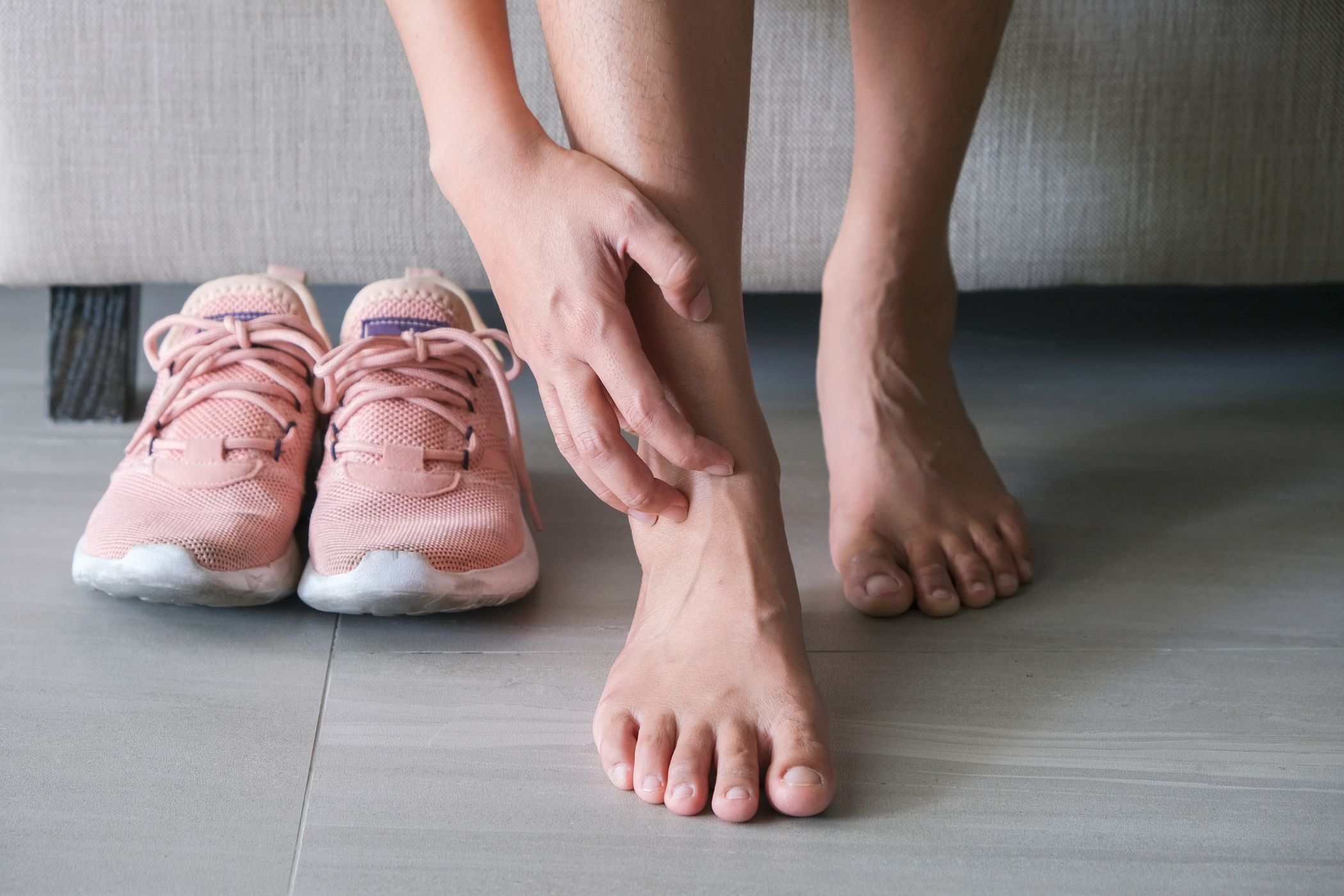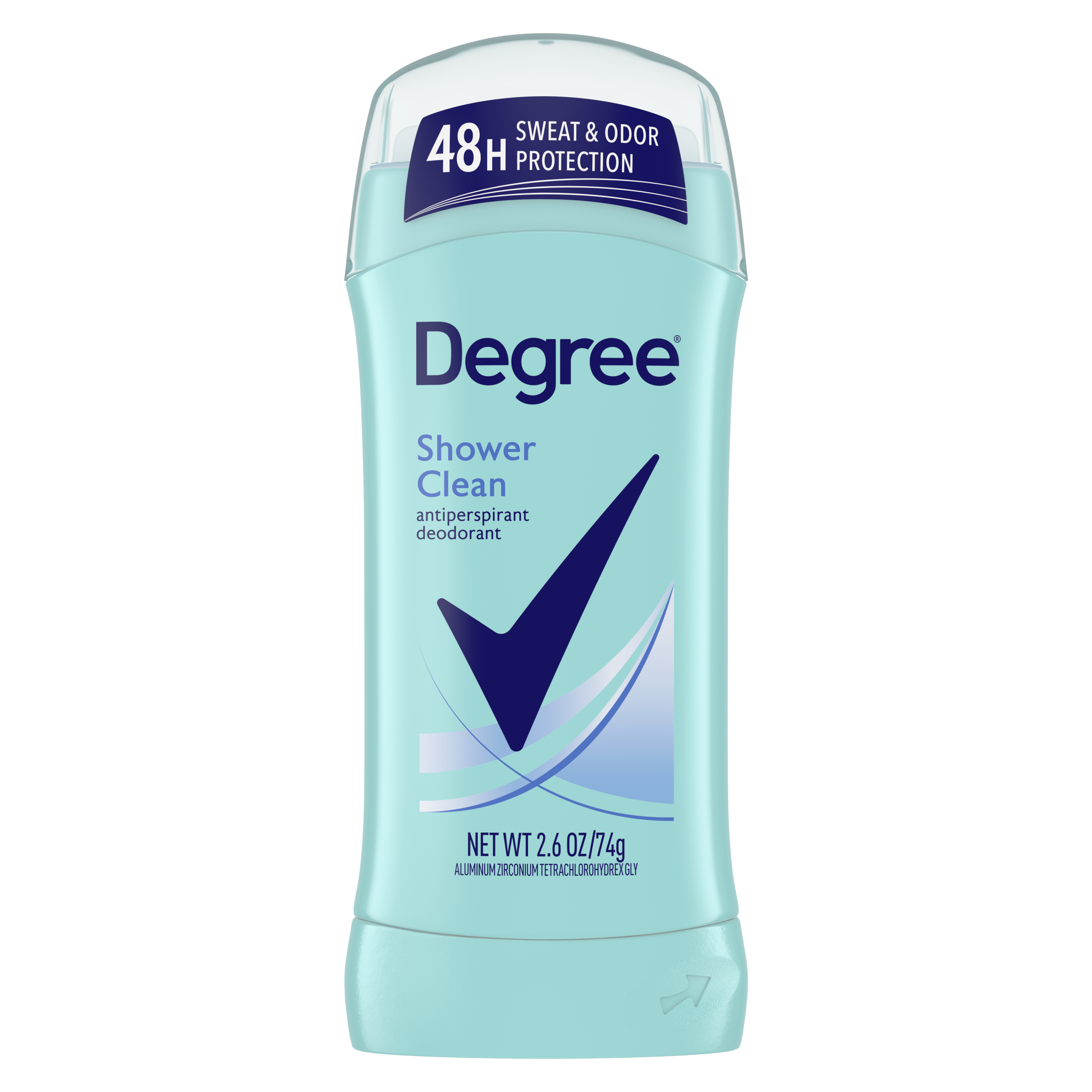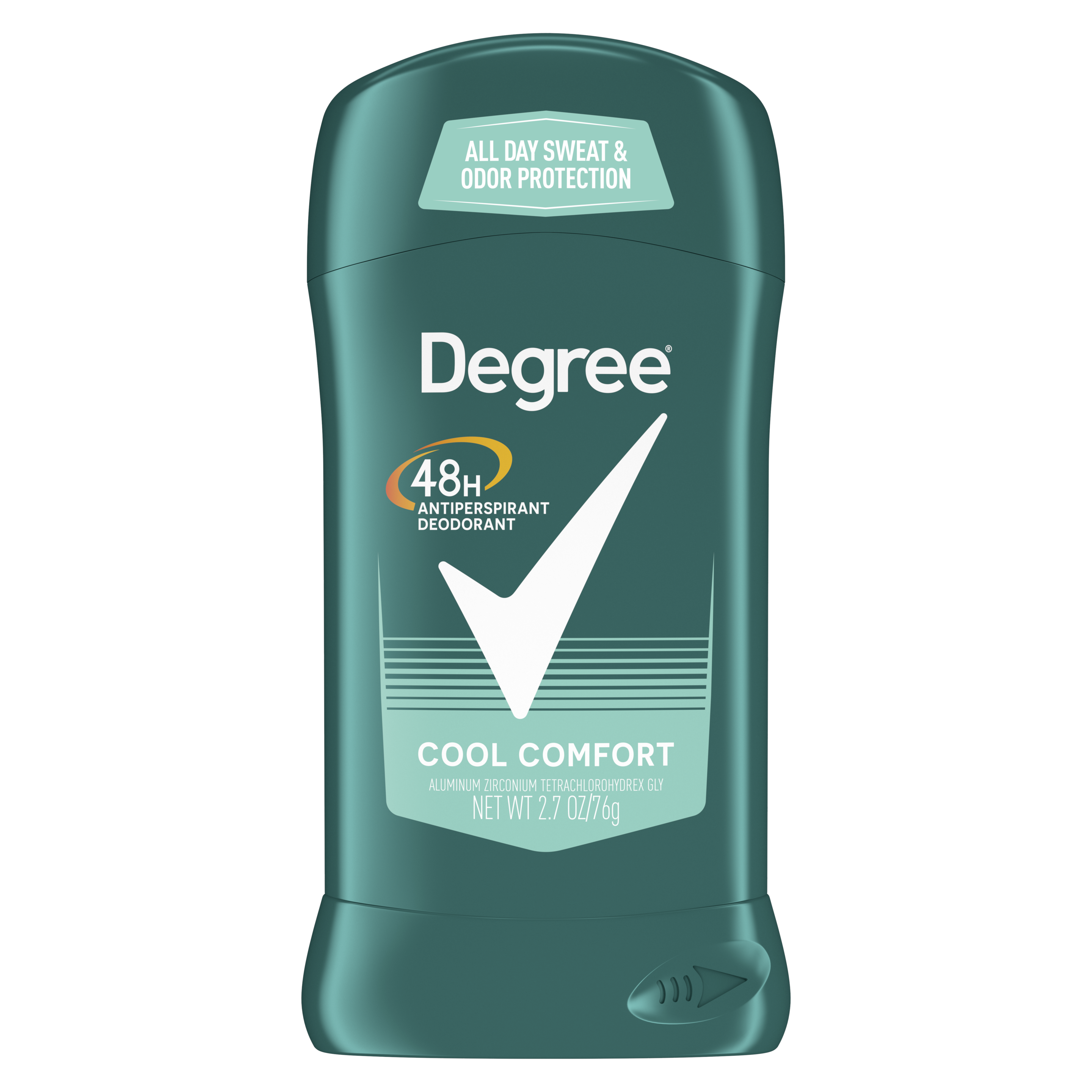WHY DO I ITCH WHEN I SWEAT? CAUSES AND SOLUTIONS
Ever found yourself in the middle of a workout or simply enjoying the warmth of the sun when a sudden itch demands your attention? That uncomfortable sensation isn’t just a random annoyance, but it can leave you asking: “Why do I itch when I sweat?”. Sweating is a natural response designed to regulate your temperature and keep you cool. Sweat on your skin's surface mixes with bacteria and dead skin cells, creating a perfect storm for irritation and, you guessed it, itching skin. Let’s explore the causes of sweat-induced itching and share tips to soothe your skin.
Sweat on the skin's surface mixes with bacteria and dead skin cells, creating a perfect storm for irritation and, you guessed it, itching skin.
DISCOVER WHY SWEATING MAKES YOU SCRATCH
When you sweat, your pores open to release perspiration, which helps regulate your body’s temperature. When that sweat gets trapped under your skin, due to blocked pores or excessive sweating, it can lead to inflammation and itchy skin. Things like hot weather, humidity, and even the clothes you wear can make this condition worse.
Then there's the sweat that comes from stress, which can be even more prone to causing that itch. Stress sweat contains more proteins and fats, which bacteria love to feast on, leading to a higher chance of irritation and rash.
Sweat rash, also known as miliaria, can be seen anywhere on the body but is mostly found in areas where friction is common, such as the inner thighs, stomach, and underarms. These rashes can range from a mild prickly feeling to a full-blown, inflamed rash.
PRO TIPS TO REDUCE ITCHINESS CAUSED BY SWEAT
What can you do to keep the itch at bay? Here are some tips and tricks to empower your movement without the discomfort:
1. Stay dry with the right gear
Choose moisture-wicking fabrics that draw sweat away from your skin.
2. Cleanse and dry
After a sweaty workout, or a hot and stressful day, hop in the shower and wash with a gentle cleanser to remove any sweat and bacteria. Make sure to dry off completely since damp skin can cause more irritation.
3. Hydrate your skin
Dry skin can be more prone to irritation, so keep it supple with a light moisturizer application.
4. Choose the right protection
Use a deodorant with superior technology that offers nonstop sweat protection.
5. Wear loose and comfortable clothing
Tight clothing can increase friction and heat, which leads to more sweat and irritation. Opt for loose-fitting clothes that allow your skin to breathe.
6. Mind your laundry
Sometimes, the detergent or fabric softener you use can irritate your skin. Look for hypoallergenic options that are gentle and free of fragrances and dyes.
7. Pick the right food
Spicy foods, caffeine, and alcohol can increase sweating and potential irritation. Balance your diet to potentially reduce excessive sweating.
WHEN TO SEEK HELP
If you notice that a sweat rash spreads, turns red or purple, or comes with a fever, it's important to seek medical attention. These symptoms could signal an infection or an allergic reaction that needs professional care.
Tackle that tickle by understanding why sweat makes you itch. Choose the right clothing, maintain good hygiene, and keep your skin hydrated to stay cool and comfortable.



